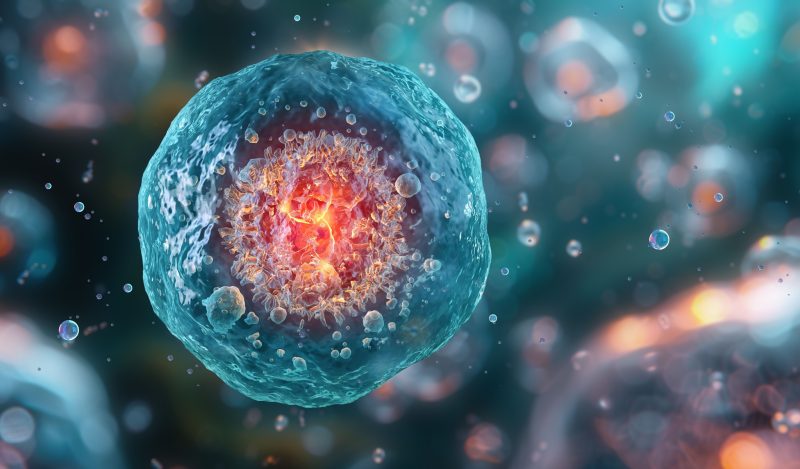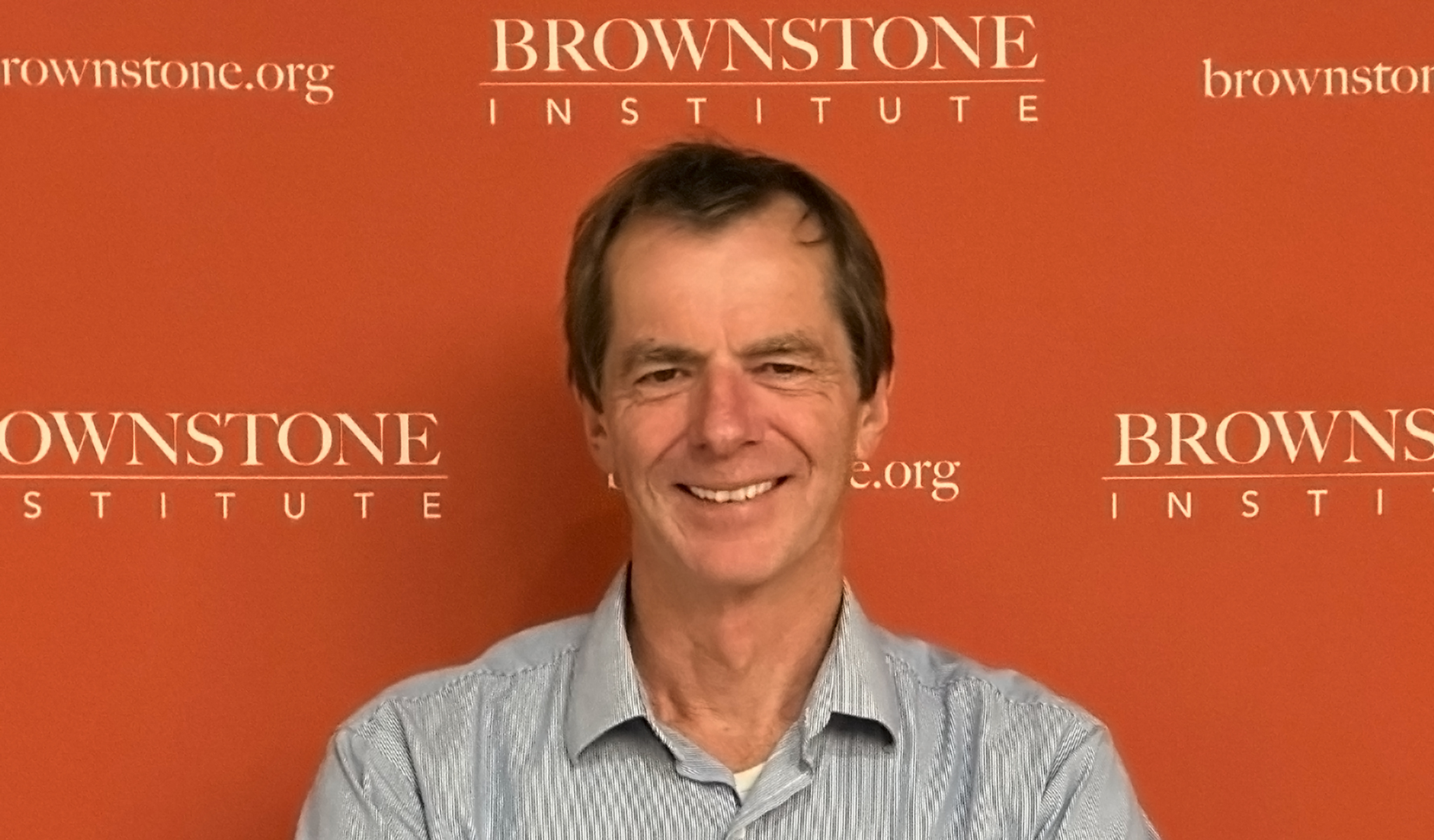People have always been fascinated with immortality. While great gains in medical care have enabled lifespan extension, this has often come with the price of co-existing with chronic diseases associated with aging, such as cardiovascular diseases, cancer, type 2 diabetes mellitus (T2DM), hypertension, and dementias such as Alzheimer’s and Parkinson’s disease.
The true “aim of the game” is to have a long healthspan with negligible senescence. This means the absence of biological aging, such as reducing functional decline in organs and whole-body fitness, delaying loss of reproductive capabilities, and delaying death risk with age progression. What we really want is to extend youth, not aging. In achieving that, we may begin to push the envelope on increasing healthy lifespan.
Aging at the cellular level is determined by the cellular rate of damage versus rate of repair. Accumulation of aging-associated damage manifests as cells no longer “behaving correctly” as part of a collective that make up tissues of an organ, like cancer cells.
In healthy individuals, damage accumulation is managed through apoptosis, which is controlled cell death, and refined cellular housekeeping including autophagy and mitophagy; the “eating up, breaking down, and recycling” of damaged inner-cell (intracellular) components (organelles). The nutrient glucose and the hormone insulin govern cellular quality control. Intracellular housekeeping enables the culling of inefficient and toxic cells from the herd. Over time a cell’s ability to trigger apoptosis becomes impaired, enabling gradual dysfunction to sneak by under the radar. Over time, the accumulation of these dysfunctional cells within an organ promotes development of disease.
Humans are multicellular organisms within which our healthy cells operate collectively. In order to have a long healthy lifespan, our cells must not only live longer, but they must also function correctly. Cancer cells are long-lived and capable of unlimited replication; however, they evade apoptosis, and become selfishly primordial, regressing back to single-cell organism behaviour. Our goal is to maintain optimal organ function, ensuring ourselves a long healthspan with negligible senescence and perhaps a touch of immortality.
Mitochondria are intracellular organelles; these organelles are remnant symbiotic protobacteria, originating from proteobacterium that came to live within an archaeal-derived host cell which was most closely related to Asgard archaea (a recently identified group of ancient single-celled organisms). Put simply, a foreign single-celled ancient bacteria came to live inside the cells that eventually evolved into us. The Asgardian endocytosed proteobacteria evolved into mitochondria; through a process called endosymbiosis the two became interdependent. They now support us and we support them. Our cells, with mitochondria and other organelles within them, are called ‘eukaryotic’ cells.
Mitochondria have their own genome; polycistronic circular DNA, whilst their inner matrix membranes are rich in a phospholipid cardiolipin. Both of these features are common to bacteria and not to the eukaryotic nuclear DNA and other organelles of multicellular animals, other than those digesting mitochondria. Mitochondria produce the majority of our life-sustaining energy whilst also acting as a source of destruction for most of our cells. This occurs due to their use of oxygen to break down nutrients, in order to capture energy and store it in the energy carrier molecule ATP. Their (and so our) need and use of oxygen is both life-giving and corrosive; complete oxidation of glucose produces more oxidative damage than oxidising fatty acids, and in the process produces excess superoxide, a form of oxygen with an added electron which is termed a free radical.
Mitochondria also produce hydrogen peroxide, the same found in your household drain cleaner, albeit at a much lower concentration. Chronic low-grade elevated levels of reactive oxygen species (ROS) harm our cells. Achieving balance between “burning” glucose or fatty acids requiring oxygen to provide energy for our body (good) and producing corrosive substances (bad), is hormesis, like the “Goldilocks zone.” ROS toxicity is a key player in aging, as too much of it will decrease healthspan and lifespan.
The majority of ROS in cells is produced by mitochondria. Some amount is necessary for health, while excess causes damage; again, this requires balance or hormesis. ROS are also mitochondrial-signalling molecules, communicating to the nucleus and altering gene expression. This begs the question; what drives cellular behaviour, genes in the nucleus, or mitochondrial signals? The right amount of ROS causes production of new healthier mitochondria, excessive ROS increases damage over repair, accumulating toxic wayward mitochondria. Cancer cells consistently have damaged mitochondria; the same is also found in cardiovascular disease, Alzheimer’s, and Parkinson’s disease, and many of the diseases that we have just accepted as part of aging.
As mentioned above, we can produce energy from fat or from glucose (a sugar) through our cooperative mitochondria. The amount of glucose exposure (predominantly from dietary sources and also made and secreted into the bloodstream by the liver) is critical in achieving this balance between our mitochondria helping or harming us. Insulin is produced in response to carbohydrate intake (sugars such as glucose, starch, and sucrose), increasing absorption (and use) of glucose by our cells and mitochondria and reducing fat-burning (beta-oxidation and subsequent ketosis).
To simplify, we mostly use either glucose from carbohydrates to produce energy with our mitochondria, or fatty acids from food or our fat cells, or ketones from breakdown of fat, to produce energy through an alternative metabolic pathway, called ketosis.
Calorie restriction (carbohydrate restriction) in yeast, nematode worms, and mice to primates increases lifespan with healthspan by inducing ketosis. It causes insulin to become low enough to allow ketogenesis (a product from beta-oxidation, the burning of fat) to occur. Upregulated fat-burning results in the production of molecules called ketone bodies, mainly by the liver (endogenous synthesis).
One of these ketone bodies is beta-hydroxybutyrate (BHB), derived from fatty acids that come either from our fat cells or from a meal. The ketone BHB is a fuel and signalling molecule, causing mitochondria and nuclei to adapt to metabolic changes. Fasting-mimicking diets such as time-restricted feeding, and very low carbohydrate/healthy fat diets (also known as ketogenic diets) also induce ketosis without the conscious effort of calorie restriction.
These diets high in healthy fats (such as animal fats) and low in sugars/starchy carbohydrates lead to decreased insulin and glucose and increased ketones (BHB) in the bloodstream. Over time this induces intracellular machinery changes, shifting the body’s metabolism to fuelling itself mainly off fat and ketones instead of sugar (glucose). Ketosis increases intracellular housekeeping activity, enabling cells to remove and replace damaged organelles. It also allows more time for DNA to be checked by DNA housekeeping proteins that are able to prevent propagation of DNA duplication errors into daughter cells, thus reducing cancer and other age-related disease development. Ketosis has been shown to hold a hint of an elixir to a healthier if not longer life.
In contrast, high carbohydrate diets, providing glucose through starchy carbohydrates like bread, pasta, rice, corn, and sucrose found in cane sugar, high fructose corn syrup, coconut sugar, fruit, and honey, all stimulate insulin secretion. Prolonged hyperinsulinaemia increases the risk of development of Alzheimer’s disease, malignancies, cardiovascular disease, and T2DM. While insulin is essential to life, excess insulin (due to these high carbohydrate diets) leads to hyperinsulinaemia, which is implicated in chronic diseases and aging. Decreased insulin demand is shown to increase healthspan and lifespan. Insulin also causes cells to replicate faster, decreasing the pauses to check DNA copy quality, telling cells that food is abundant and therefore “there is no need to keep a tight ship.”
Insulin is the aging hormone, and a dietary pattern that regularly triggers too much insulin secretion prevents our ability to produce ketones, including BHB. Insulin suppresses ketogenesis (ketone production), depriving us of BHB’s anti-aging properties. The endogenous production of BHB, a powerful antioxidant that directly neutralises free radicals and ROS, has been shown to improve and prevent chronic diseases associated with aging conditions. So, we can control much of our aging by our dietary choices. Ketones such as BHB are produced when we are not overstimulating insulin secretion and requirement through our dietary choices.
We are often advised to eat to keep up our energy and health. However, perhaps a little less results in a little more with regards to healthspan and lifespan, and instead of calorie restriction, we can bio-hack through either eating as much as we want once a day, or eating non-insulin-stimulating foods. Doing both will further enhance their effects. The results are the same as fasting and calorie restriction, less insulin, and more ketones, in turn translating into healthier cells, a healthy you, and a chance to realise your maximal lifespan potential.
Link to donate to support Isabella D. Cooper’s research in Ageing Biology, Age-Related Diseases, and Longevity at the University of Westminster, UK. This is one of few academic research groups in the diet and metabolism area free from food industry sponsorship. One hundred percent of donation funds go towards active laboratory-based research, with zero funds lost to administrative costs.
Join the conversation:


Published under a Creative Commons Attribution 4.0 International License
For reprints, please set the canonical link back to the original Brownstone Institute Article and Author.










